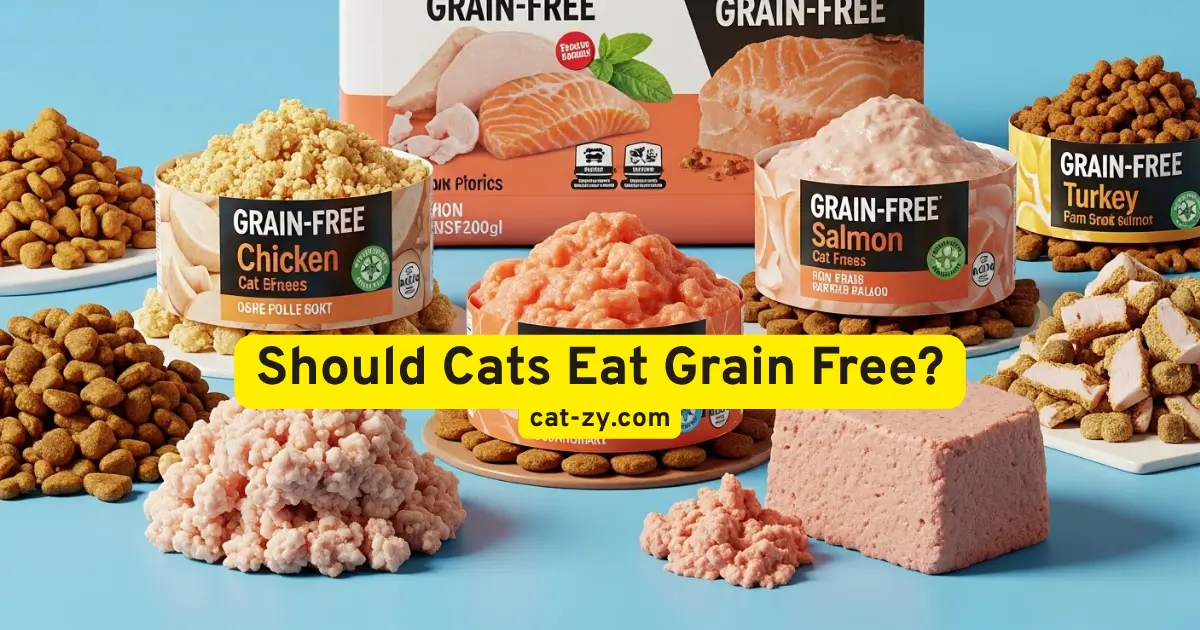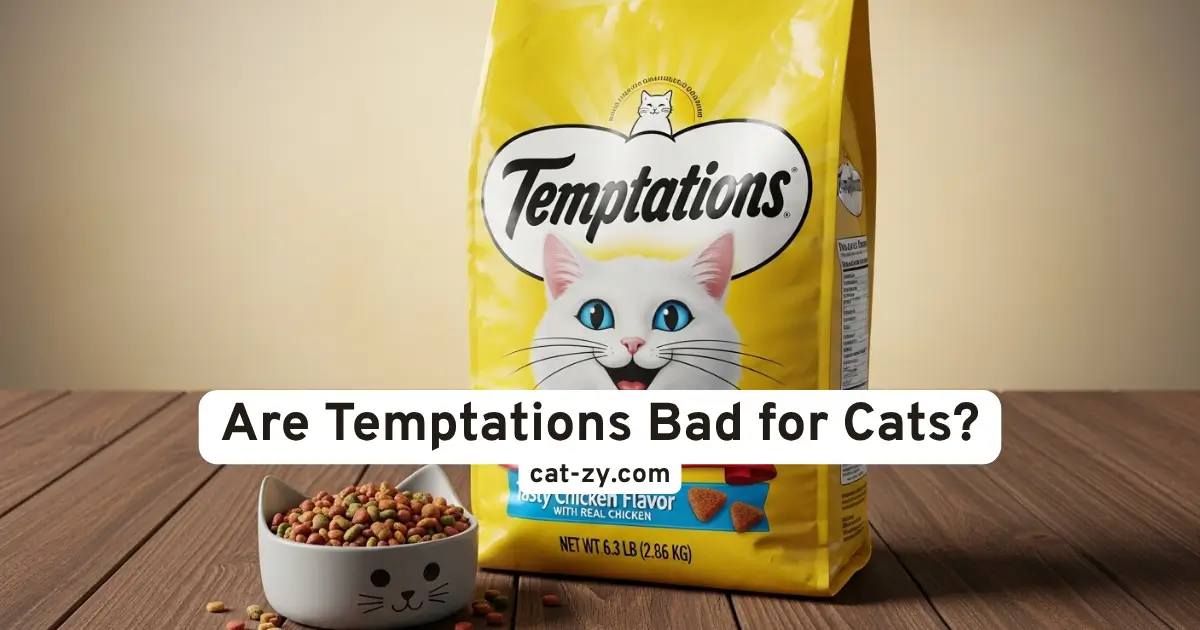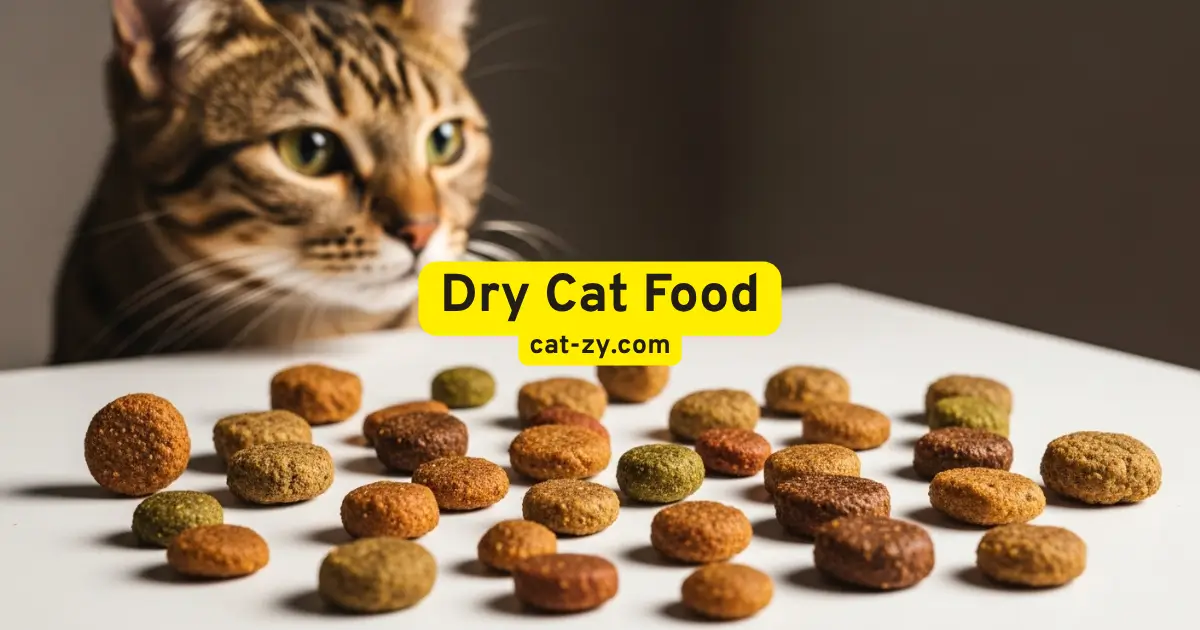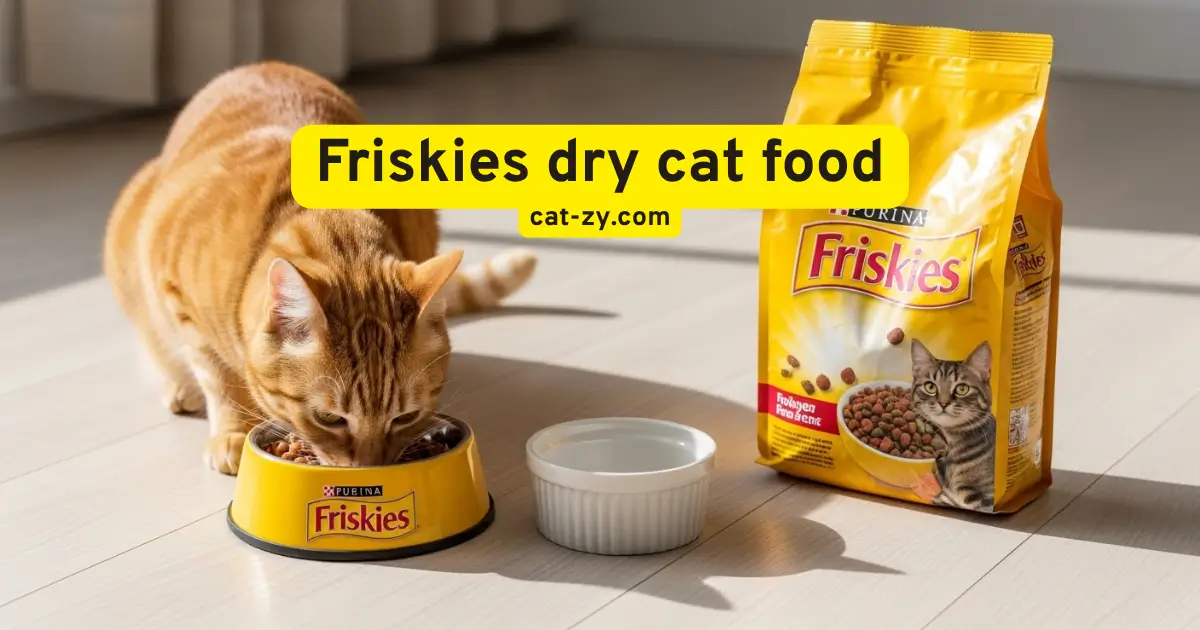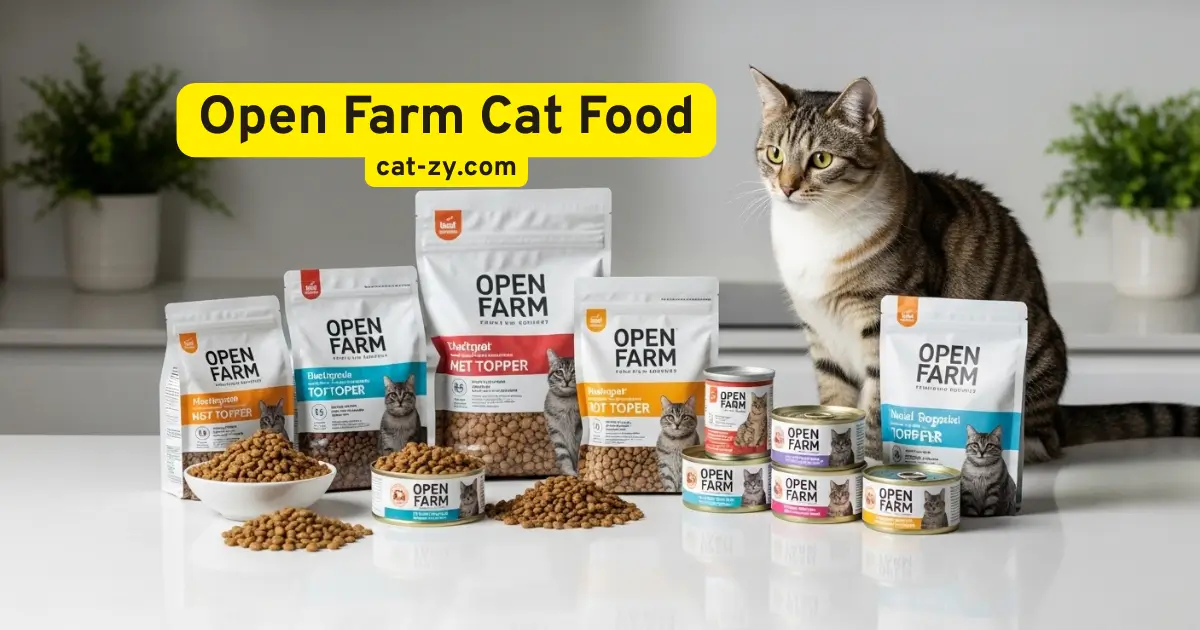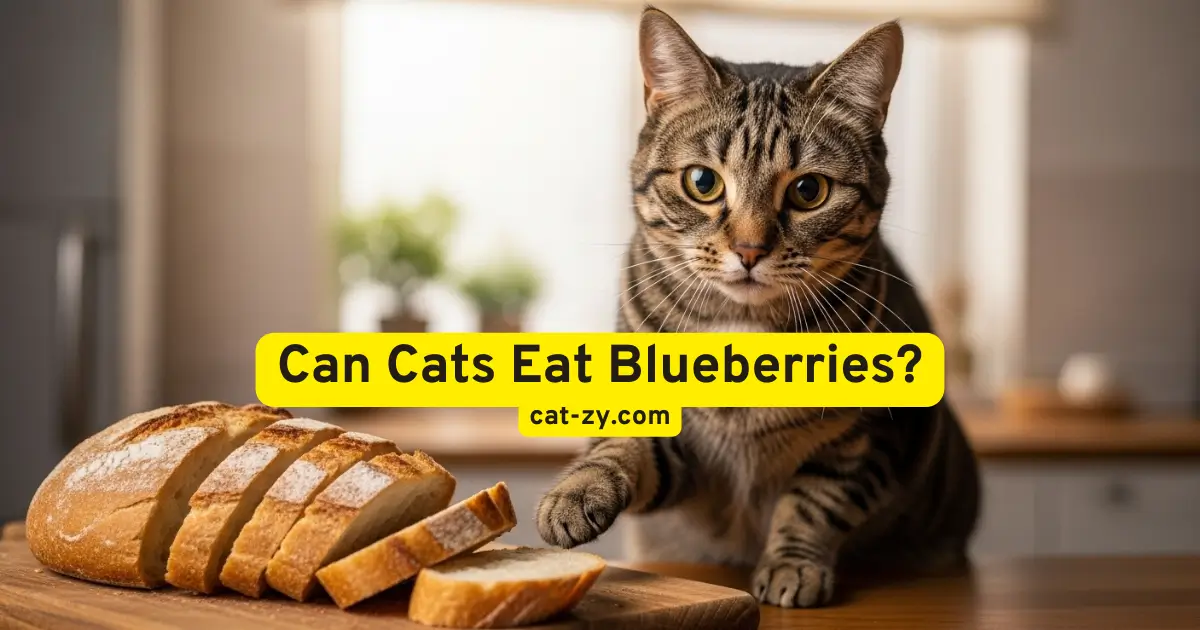Should Cats Eat Grain Free? 6 Powerful Reasons Why They Might Not
As a cat owner, you’ve probably wondered about your cat’s diet. The trend of grain-free cat food has made you question its benefits. Is it really good for your cat?
The debate on whether “should cats eat grain free” can be confusing, with many choices and mixed opinions online. You’re not the only one looking for clear answers.
Thinking about your cat’s diet is crucial. You need to know the possible effects of a grain-free diet. This article will give you six reasons why your cat might not need it. It will help you make a well-informed choice.
Table of Contents
The grain-free cat food Trend
Feline nutrition trends have undergone significant evolution, with grain-free options gaining substantial market presence. Cat owners want a more natural diet for their pets. These shifts have transformed both the production methods and promotional strategies for feline nutrition products.
How the Grain-Free Movement Started
The grain-free movement started because people thought grains weren’t natural for cats. They believe cats need a diet full of animal protein, not carbs.
Marketing vs. Science in Pet Nutrition
In pet nutrition, marketing often fights with science. Some grain-free cat foods have good science backing them. But others just make claims without solid evidence.
Celebrity Endorsements and Social Media Influence
Celebrities and social media have helped make grain-free cat food popular. People sharing their pets’ experiences online has helped grow the trend. This can sometimes ignore scientific debates.
Contemporary pet owners frequently select grain-free options for their feline companions. They think it’s healthier. But it’s important to look at the science behind these claims to choose the best diet for your cat.
Understanding Cat Nutrition Basics
The key to a healthy feline diet is knowing their nutritional basics. Cats have specific dietary needs for their health and well-being.
Obligate Carnivores: What This Really Means
Since cats are obligate carnivores, pet owners often wonder should cats eat grain free—but their primary need is a diet rich in protein and fat from animal sources. Their bodies are made to process meat efficiently, using it as their main energy source.
Essential Nutrients for Feline Health
For cats to thrive, their diet must include certain essential nutrients. These nutrients are vital for various bodily functions. These nutrients support metabolic processes while maintaining dermal and fur health.
Protein Requirements
Feline nutritional requirements emphasize substantial protein intake. This protein should come from high-quality animal sources like chicken, salmon, or beef. Protein is key for maintaining muscle mass and overall bodily functions.
Fat and Carbohydrate Needs
While cats need fat for energy and vitamin absorption, they don’t need much carbohydrate. Their diet should be balanced with the right amounts of these components to support their health.
What Exactly Are Grains in Cat Food?
When asking should cats eat grain free, it helps to first understand what grains are and their role in commercial cat foods. Knowing what grains are and their role in your cat’s diet is key.
Common Grains Found in Commercial Cat Foods
Conventional feline diets often incorporate cereal grains, including maize, wheat, rice, and oats. They provide carbohydrates, which give cats energy. Despite their carnivorous nature, felines can benefit from carefully balanced grain inclusion.
Nutritional Profile of Grains
Grains have nutrients like fiber, vitamins, and minerals. Rice serves as an example of a highly digestible grain that provides metabolic fuel. Oats, on the other hand, help with digestion. Knowing what grains offer can help you choose the right food for your cat.
How Grains Are Processed in Cat Food
Grains in cat food are cooked and ground to make them easier for cats to digest. This process makes their nutrients more available. Manufacturers supplement their products with essential micronutrients to achieve nutritional completeness.
Should Cats Eat Grain Free? The Scientific Perspective
Understanding the science behind grain-free cat food is key to making good choices for your cat. Feline caregivers must navigate numerous nutritional choices for their companions. The debate between grain-free and traditional cat food is a big one.
Current Veterinary Consensus
Vets have mixed views on grain-free cat food. Some say it’s good for cats with allergies or sensitivities. But others think there’s not enough proof it’s best for all cats. The veterinary consensus stresses the need for a balanced diet, whether it’s grain-free or not.
Talking to your vet is crucial to finding the right food for your cat. This depends on their health and needs.
Research Studies on Feline Digestion
Studies on cat digestion reveal important facts. Cats are obligate carnivores, needing protein from animals. But, they can also digest some carbs, like those in grains. Their bodies are mainly made for eating meat.
Evolution of Feline Dietary Needs
Cats’ dietary needs have changed over time. They used to eat mostly animal-based foods. Now, domestic cats need different diets. Modern cat foods, grain-free or not, aim to meet these needs.
In summary, the science on grain-free cat food isn’t clear-cut. It shows the importance of a balanced diet. Knowing about vet opinions, digestion research, and dietary evolution helps you decide if grain-free is right for your cat.
Reason 1: Potential Link to Heart Disease
Emerging research indicates potential connections between grain-free feline nutrition and cardiac health issues. This has sparked a lot of discussion among pet owners and vets.
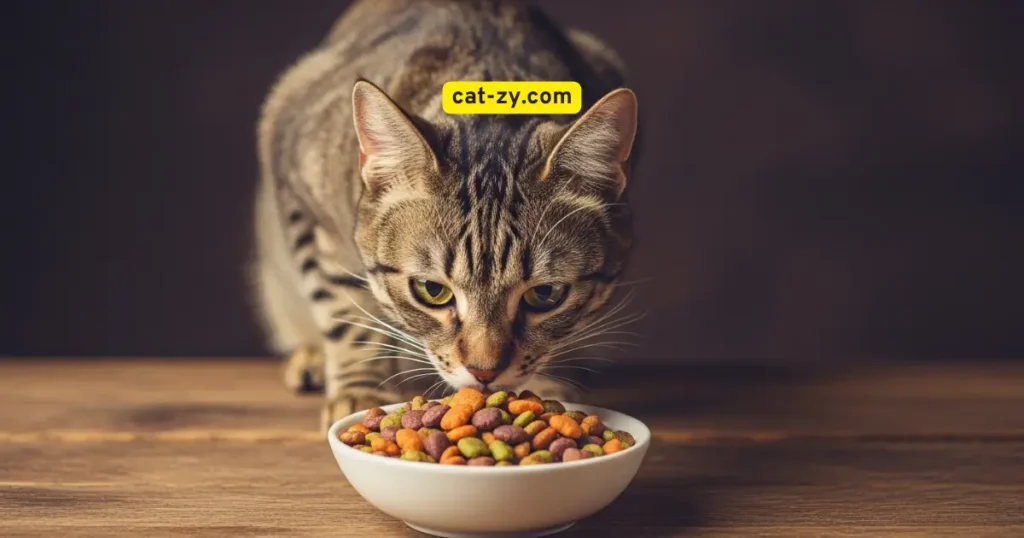
The DCM Connection in Grain-Free Diets
Feline dilated cardiomyopathy represents a significant cardiac health concern that can compromise heart function. It can lead to heart failure. Some research suggests grain-free diets might increase the risk of DCM.
The exact reason is still unclear. But it’s thought that grain-free diets might lack important nutrients.
FDA Investigations and Findings
Regulatory agencies have examined potential correlations between grain-free nutrition and feline heart conditions. They’ve issued warnings and guidelines for pet owners. The investigation is still ongoing.
The FDA has found some grain-free diet characteristics that might raise DCM risk. These include peas, lentils, and potatoes as main ingredients.
Monitoring Your Cat for Heart Issues
If your cat eats grain-free food, watch their heart health closely. Look for signs like lethargy, difficulty breathing, or loss of appetite. Regular vet visits can catch issues early.
Knowing the risks of grain-free diets and DCM helps you make better choices for your cat. Veterinary consultation should precede any modifications to your feline’s nutritional regimen.
Reason 2: Cats Can Actually Digest Grains
A common myth around should cats eat grain free is that cats can’t digest grains, but research shows they can process them effectively. Cats are meat-eaters, but they can still eat some grains.
Feline Digestive Capabilities are more complex than we think. Studies show cats can get nutrients from carbs, too.
Feline Digestive Capabilities
Feline digestive systems produce unique enzymes capable of processing both proteins and carbohydrates. Their body is set up to handle different nutrients. This means they can eat some grains.
Carbohydrate Processing in Cats
Cats can handle some carbs, like those in rice or oats. While carbohydrate requirements are minimal, cats possess the ability to metabolize them effectively.
Debunking the “Cats Can’t Digest Grains” Myth
The myth that cats can’t digest grains comes from their meat-eating nature. But, they can still eat some plant stuff. Many cat foods have grains that cats do well with.
Knowing that cats can digest grains helps you choose better food for them. Think about the grain type, how it’s prepared, and what your cat needs.
Reason 3: Nutritional Imbalances in Some Grain-Free Formulas
Grain-free cat food raises concerns about nutritional imbalances. Optimal feline nutrition seeks to replicate their evolutionary dietary patterns. But some formulas might lack essential nutrients found in grains.
Taurine Deficiency Concerns
Insufficient taurine levels present a significant concern in some grain-free formulations. Taurine is vital for heart health and vision. Certain grain-free options utilizing plant proteins may fall short in meeting taurine requirements.
Other Potential Nutritional Gaps
Grain-free cat foods can also lack other nutrients. This includes vitamins and minerals found in grains. For example, some might not have enough vitamin B for energy.
Ingredient Substitutions and Their Effects
Using potatoes or peas instead of grains can cause imbalances. These ingredients can raise blood sugar levels. They might not offer the same nutritional value as whole grains.
Choosing the right grain-free cat food is key. Look for formulas that have been tested for nutritional balance. Always talk to your vet to find the best diet for your cat.
Reason 4: Higher Cost Without Proven Benefits
Grain-free cat food can be pricey, but it may not offer clear benefits. As a cat owner, you face a tough choice. You need to balance your pet’s needs with your budget.
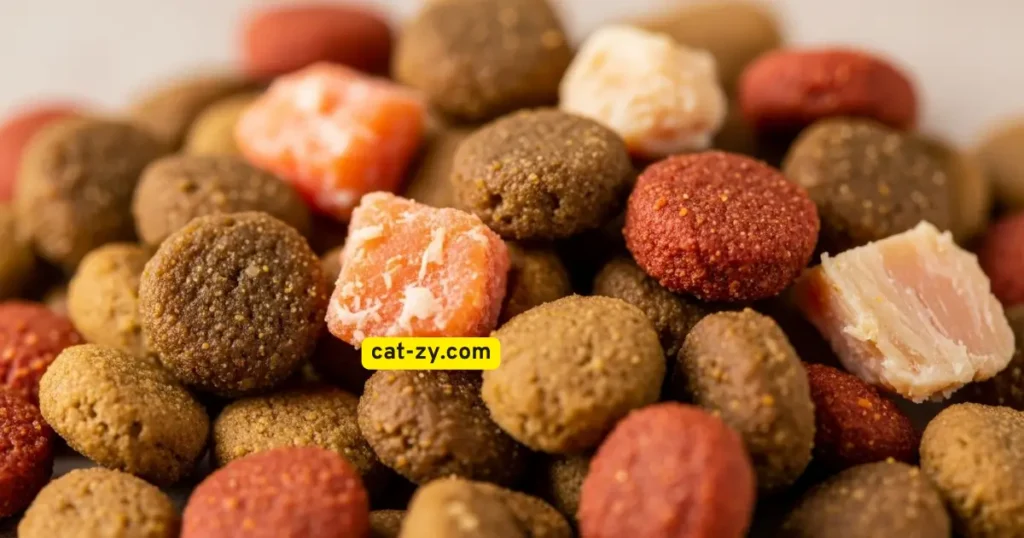
Price Comparison: Grain-Free vs. Regular Cat Food
Grain-free cat food costs more than regular cat food. For example, a 5-pound bag of grain-free food can be $25 to $40. In contrast, a similar bag of regular food might be $15 to $30. This price gap can add up, especially if you have more than one cat.
Value Assessment for Cat Owners
Think about whether grain-free food’s benefits are worth the extra cost. Some cats do well on grain-free diets. But, there’s not much scientific proof that it’s better than regular cat food for most cats.
Budget-Friendly Quality Alternatives
If you’re watching your budget, there are cheaper yet quality cat food options. Look for traditional cat foods that are well-balanced and rich in nutrients. These can meet your cat’s needs without the high price of grain-free formulas.
Reason 5: Environmental Impact of Grain-Free Ingredients
Grain-free cat food is becoming more popular among cat owners who care about the environment. It’s important to think about how sustainable these diets are.
Sustainability Concerns with Meat-Heavy Diets
Grain-free cat foods often use a lot of animal proteins. This can harm the environment. The meat production leads to deforestation, water pollution, and more greenhouse gases. Factory farming, common in pet food, makes these problems worse.
Carbon Footprint Considerations
The carbon footprint of cat food depends on its ingredients. Meat-heavy diets have a bigger carbon footprint than those with more plants. Transport and packaging also affect the environment.
Eco-Friendly Cat Food Options
Looking for eco-friendly cat food? Some brands are now using sustainable ingredients and packaging. Check for “sustainably sourced” or “eco-friendly packaging” labels.
Choosing the right cat food can help the planet. It shows you care about the environment and want a better future.
Reason 6: Potential for Unnecessary Food Allergies Focus
The rise of grain-free cat food has sparked debates about its impact on feline health, including food allergies. As cat owners become more aware of their pets’ dietary needs, it’s essential to understand the true prevalence of grain allergies in cats. We must also know how to identify genuine food sensitivities.
True Prevalence of Grain Allergies in Cats
Research shows that true grain allergies in cats are rare. Most commercial cat foods contain grains. While some cats may show sensitivities, actual allergies are uncommon. It’s important to know the difference between a food allergy and a sensitivity or intolerance.
Common Misconceptions About Feline Food Allergies
Many cat owners believe that grains are a common allergen for cats, but this is a misconception. In reality, proteins like beef or chicken are more likely to cause allergic reactions. Misdiagnosis or overdiagnosis of grain allergies can lead to unnecessary dietary changes that may not address the cat’s actual health issues.
Identifying Genuine Food Sensitivities
To identify genuine food sensitivities or allergies, cat owners should work closely with their veterinarians. This may involve dietary trials with novel protein sources or hypoallergenic diets. Monitoring your cat’s symptoms and response to dietary changes is crucial in determining the cause of their discomfort.
By understanding the facts about food allergies and grain-free diets, you can make informed decisions about your cat’s dietary needs. Always consult with a veterinarian before making significant changes to your cat’s diet.
When Grain-Free Might Be Appropriate
Some cats do well on regular cat food, but others might need a grain-free diet. It’s important to know when this is the case to choose the right food for your cat.
Diagnosed Allergies and Sensitivities
Cats with allergies or sensitivities to grains might do better on a grain-free diet. It’s key to find out which grain they’re allergic to to pick the right food. Signs of allergies include itching, scratching, and stomach problems.
Working with Your Veterinarian
Always talk to your vet before changing your cat’s food. They can tell if a grain-free diet is right and suggest the best food for your cat’s health.
Transitioning Between Diet Types
Changing your cat’s diet should be done slowly to avoid stomach upset. Slowly introducing the new food helps their stomach adjust over time.
Gradual Transition Methods
Begin by adding a little of the new grain-free food to their old food. Slowly increase the new food over 7-10 days. This helps their stomach get used to the change.
Monitoring Your Cat’s Response
Watch how your cat reacts to the new diet closely. Look for signs of stomach trouble, changes in eating, or better allergy symptoms. Adjust the transition pace if needed based on your cat’s signs.
By working with your vet and slowly introducing a grain-free diet when needed, you can meet your cat’s dietary needs.
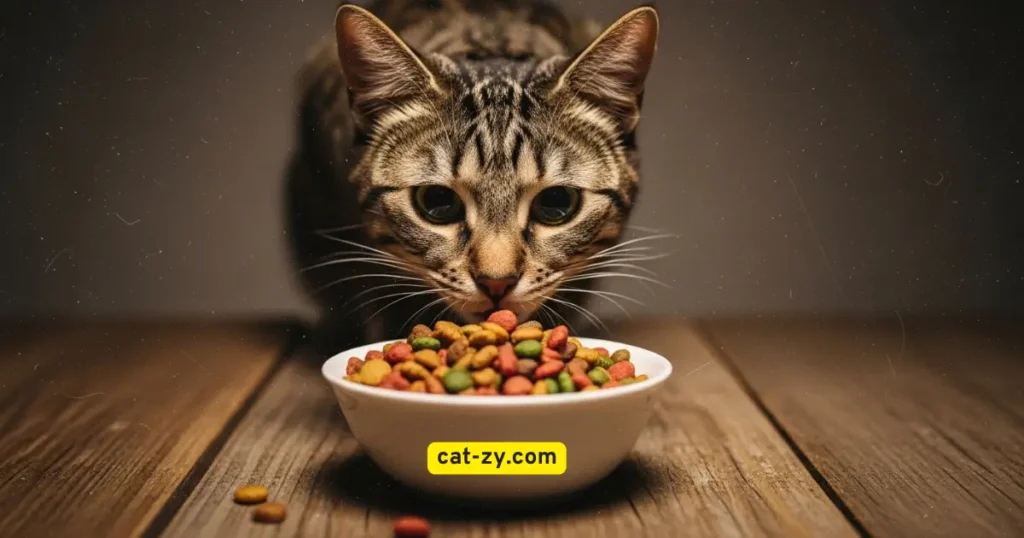
Conclusion: Making Informed Choices for Your Cat’s Diet
When deciding should cats eat grain free, remember that the right food depends on your cat’s unique needs, not trends. This process involves understanding both feline requirements and available nutritional options. You’ve learned that grain-free food isn’t always the best choice. It might even be linked to heart problems in cats.
It’s also important to think about how cats digest grains and if some grain-free foods are missing key nutrients. This information helps you make a better decision for your cat.
By looking at the six reasons discussed, you can decide if grain-free is good for your cat. Talking to your vet is key. They can guide you based on your cat’s specific needs.
Staying informed and working with your vet is the best way to choose a diet for your cat. This way, your cat gets the right food to stay healthy and happy, whether it’s grain-free or not.
FAQ
What is grain-free cat food, and how does it differ from regular cat food?
Grain-free cat food doesn’t have grains like wheat, barley, or rice. These are common in regular cat food. Instead, it uses carbs from potatoes, sweet potatoes, or peas.
Are grains bad for cats?
No, they’re not always bad. Certain felines may exhibit intolerances or hypersensitivity reactions to specific grains. But many can eat grains just fine. Grains also have fiber, vitamins, and minerals that are good for cats.
What are the potential risks associated with grain-free cat food?
Grain-free cat food might increase the risk of a serious heart problem called DCM. It could also lead to nutritional imbalances because of the different ingredients used.
Can cats digest grains?
Yes, cats can digest grains. Even though they’re meat-eaters, they can use carbs from grains for energy.
Do grain-free formulations typically command higher prices than conventional feline diets?
Yes, it usually is. Grain-free cat food costs more because of the special ingredients and how it’s made.
What methods exist for identifying potential grain-related adverse reactions in felines?
Suspected food reactions warrant professional veterinary evaluation and guidance. They can help figure out what’s going on and what to do next. Veterinary professionals may recommend diagnostic testing or therapeutic diets for confirmation.
How does the question should cats eat grain free apply to cats with food allergies?
Not always. Grain-free cat food might help, but it’s best to talk to your vet first. They can find out what your cat is allergic to and suggest the right diet.
Can I transition my cat to a grain-free diet gradually?
Yes, it’s a good idea to do it slowly. Initiate the transition by blending small quantities of the new food with their current diet, gradually increasing the proportion over a 7-14 day period.

